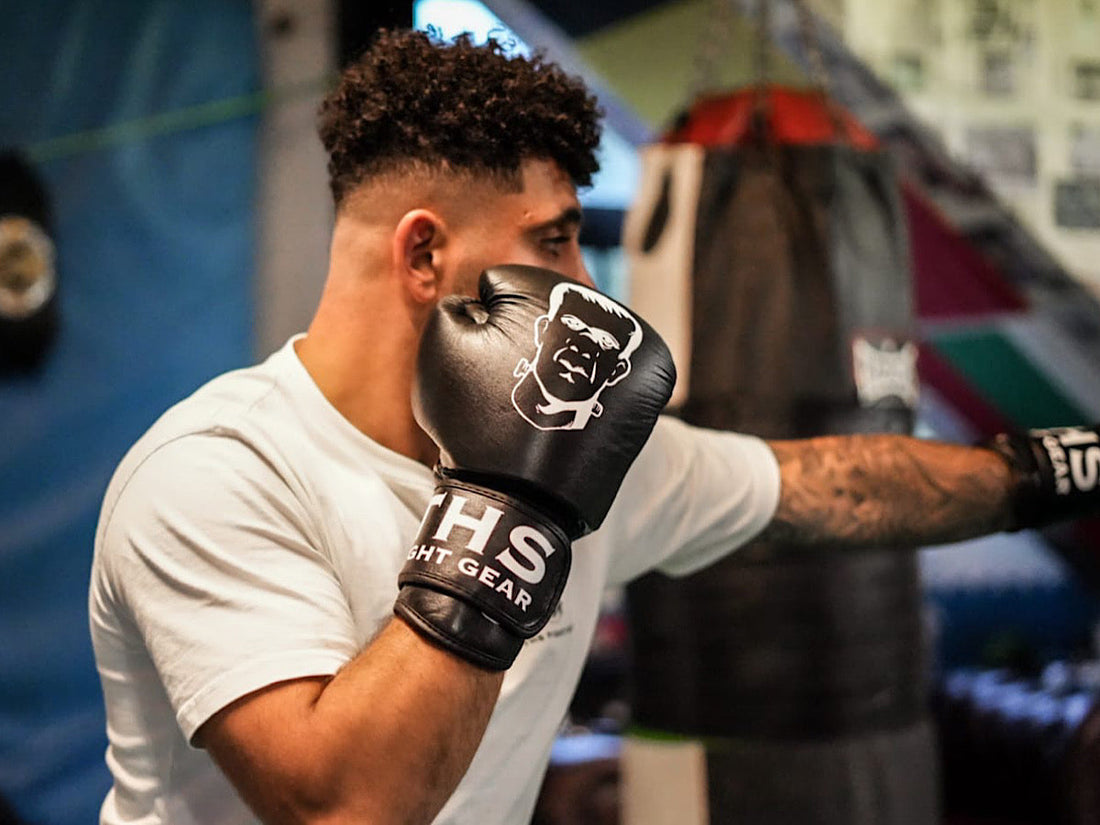
Choosing the Right Boxing Gloves: A Beginner’s Guide
Share
Finding the perfect pair of boxing gloves can be daunting, especially for beginners. With so many options available – different weights, materials, and closure types – it's easy to feel overwhelmed. This guide will break down the key factors to consider, helping you choose gloves that offer the right protection, comfort, and performance for your training needs.
1. GLOVE WEIGHT (OUNCES)
Glove weight, measured in ounces (oz), is perhaps the most crucial factor. It doesn't refer to the glove's physical weight but rather the amount of padding it contains. Heavier gloves offer more protection for both you and your sparring partner.
- 8-12oz: Typically used for competition or heavy bag work where speed is prioritized. Offers less padding.
- 14oz: A good all-around weight for general training, light sparring, and pad work.
- 16oz: The standard for sparring, providing ample protection for both users. Often required by gyms for sparring sessions.
- 18oz+: Used by larger individuals or for maximum protection during heavy sparring.
Consult your coach for recommendations based on your weight, training type, and gym rules.
2. GLOVE TYPE
Different types of gloves are designed for specific purposes:
- Bag Gloves: Minimal padding, designed solely for hitting heavy bags or pads. Not suitable for sparring.
- Training/Sparring Gloves: All-purpose gloves with sufficient padding for various training activities, including sparring (usually 14oz or 16oz+).
- Competition Gloves: Lighter padding, designed to meet specific regulations for amateur or professional bouts. Often lace-up.
3. MATERIAL
Gloves are typically made from either genuine leather or synthetic materials (like PU or vinyl).
- Leather: More durable, breathable, and conforms better to your hand over time. Generally more expensive but a worthwhile investment for serious practitioners.
- Synthetic: More affordable, easier to clean, and a good option for beginners or those on a budget. Durability can vary significantly by quality.
4. CLOSURE SYSTEM
How the glove secures around your wrist:
- Velcro: Convenient and easy to put on/take off yourself. Most common for training gloves.
- Lace-up: Offers a more secure and customised fit, preferred for competition. Requires assistance to put on.
CONCLUSION
Choosing the right gloves involves considering weight, type, material, and closure. For most beginners starting general training and potentially light sparring, a pair of 14oz or 16oz Velcro training gloves made from good quality synthetic material or leather is an excellent starting point. Always prioritise protection and comfort, and don't hesitate to ask your coach for advice!

1 comment
This guide really breaks things down in a simple and clear way — much appreciated as someone still getting the hang of the sport! I used to think glove weight was just about how heavy the glove felt, but now I understand it’s more about the padding and protection. I started with 14oz Velcro training gloves (synthetic), which were perfect for both pad work and light sparring. Eventually, I upgraded to leather gloves from Kenfit, and the difference in breathability and wrist support was noticeable. I’d definitely say for anyone starting out: invest in good wrist support and always try gloves on with wraps if you can. Thanks for putting this together super helpful!
https://kenfit.co.uk/